I'm back in London doing research for my next book, The Royal Miracle (you can follow that adventure at theroyalmiracle.blogspot.com), but the trip is also giving me the opportunity to add a few items to the Nell story.
Bonfire Night
There's a scene in The Darling Strumpet when Nell experiences her first Bonfire Night. The Fifth of November is still the occasion for the annual commemoration of Guy Fawkes's failed 1605 plot to blow up the King and Houses of Parliament (http://en.wikipedia.org/wiki/Guy_Fawkes_Night). Since then, the Fifth of November has been celebrated with bonfires, firworks, and burning "Guys," or effigies of Guy Fawkes. Our commonly used term "guy" to refer to a man derives from this custom, incidentally. The guy came to mean not just the effigies that were burned, but any ragged-looking man, and thence just to any guy.
Since Bonfire Night fell on Thursday, most of the big public fireworks displays were on the weekend instead, and on Saturday night I walked with my friends Clare and Alex up to Blackheath to see the fireworks. It was great display, to music, and a big crowd was gathered. It really is very much like the Fourth of July celebrations in the U.S. I didn't take into account exactly how the crowds would impact our getting around, and afterward we made our way, slowy, slowly to Donna's house in Lewisham. The streets and busses were packed, so we walked from Blackheath to Lewisham Station (quite a ways) and then got a bus to Donna's arriving at 10 p.m.
We missed the burning of the guy but got there in time for Tim setting off some fireworks that came perilously close to the house, throwing a couple of old Christmas trees on the embers of the bonfire and creating a raging inferno, as well as mulled wine, hot soup, sausages, and pies.
Greenwich
I'm staying in Greenwich, a place I love, and that I think Nell probably did, too. Charles planned to make Nell Countess of Greenwich, but died before he could do so. The Royal Observatory still stands where Nell would have known it as a new building. The view from the top of the hill is spectacular, as it would have been then. The Royal Park still rolls down to the river, and the Queen's House, which Inigo Jones designed for Charles's mother, Queen Henrietta Maria, still stands above what is now referred to as the Old Royal Naval College, the first building of which was one that Charles built to replace the old palace.
Of course there is much here now that wasn't standing in the 17th century. Looking west to the City, you can still see London Bridge (a different bridge than the one that Nell knew) and St. Paul's. Nell would have known the old cathedral, which burned in the Great Fire in 1666, and would have seen the early construction of the present cathedral, which was begun in 1675 and completed in 1710 but it is now almost lost in the forest of buildings. In her time, the area between the Tower and London Bridge was called The Pool of London, and was perpetually crowded with hundreds of ships and smaller vessels, loading and unloading at the "Legal Quays."
The Isle of Dogs, which was nothing but meadows in Nell's time (though there was a ferry running to Greenwich - Samuel Pepys wrote about taking it), became the site of the London Docks in the late 18th and early 19th century, which were built because the old docks could no longer accomodate the traffic. It was a massive engineering project, and the docks were some of the busiest in the world, but when container shipping was introduced, business began to fall off, and by the early 1970s, the area was derelict. The area's new life began in 1991 with the construction of Canada Tower, the first office building at Canary Wharf, which has since become a forest of towers and the home of many international corporations. It has virtually replaced Fleet Street as the centuries-old home of England's press, and has lured many financial firms from the City.
Sunday, November 8, 2009
Subscribe to:
Post Comments (Atom)


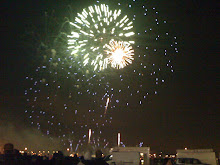


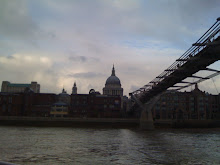







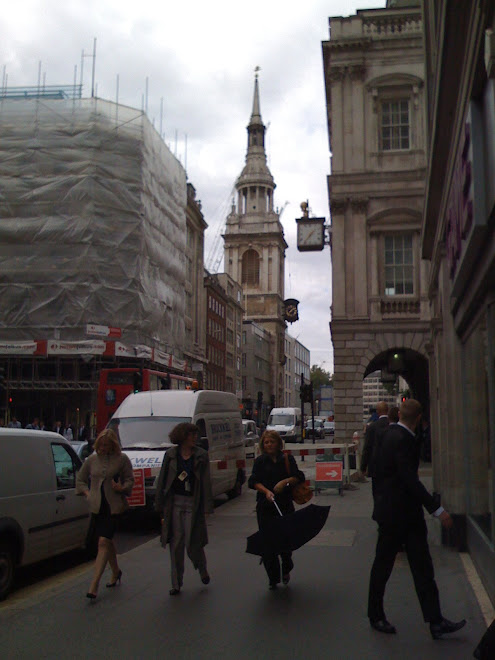

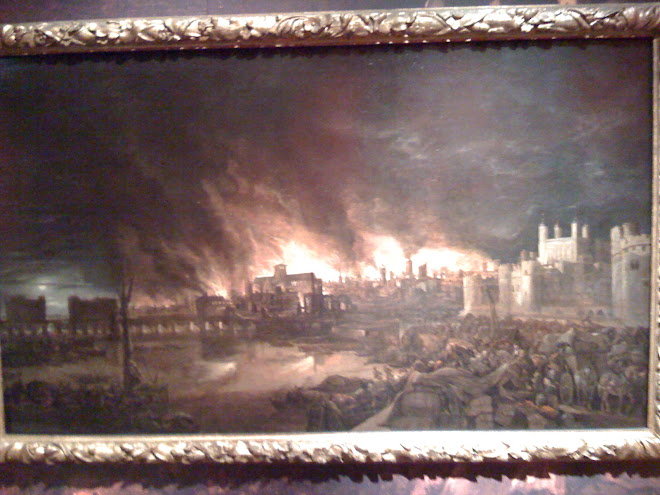
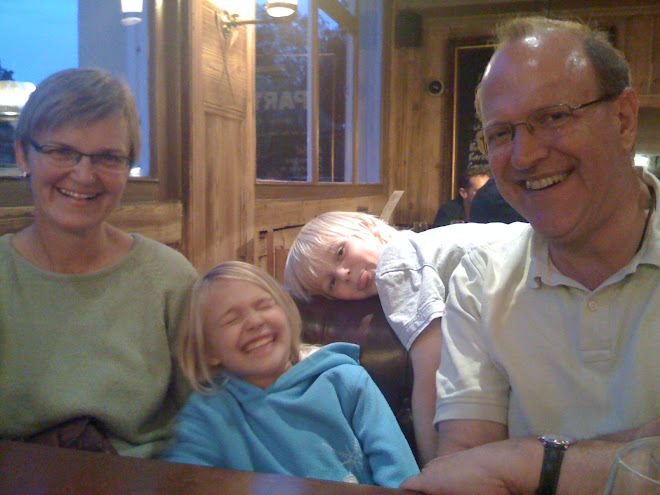



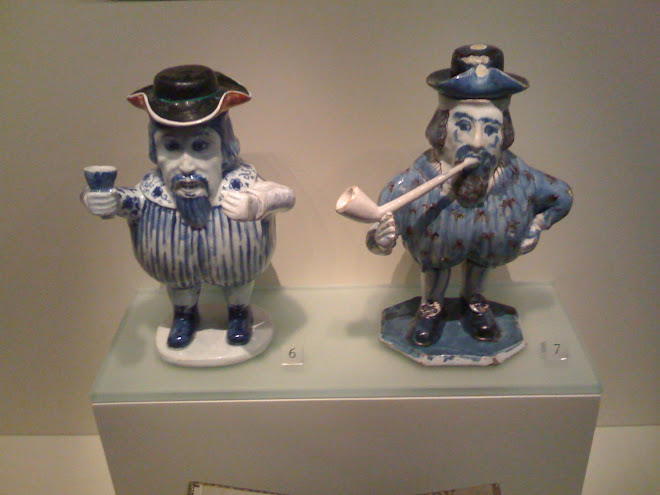
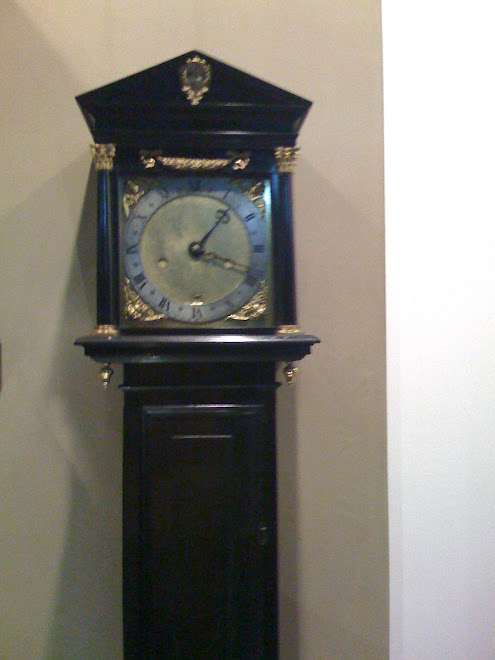
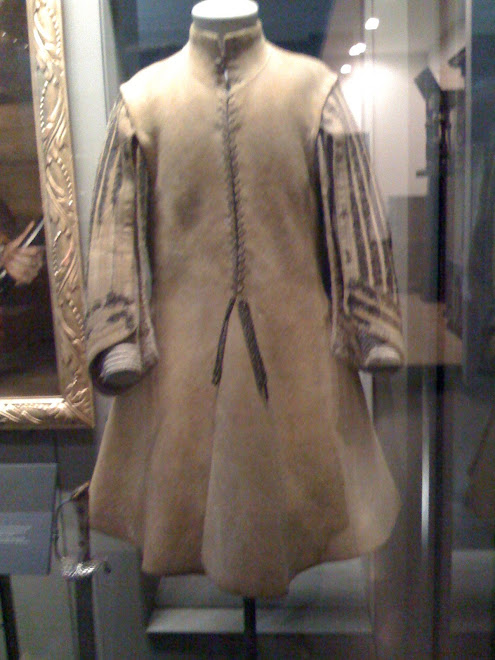

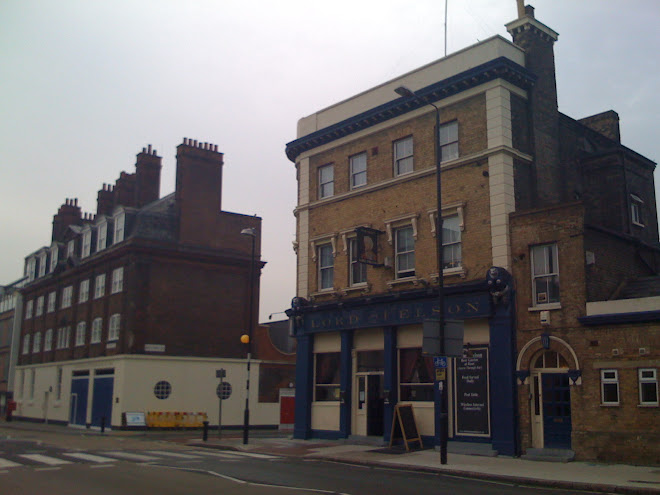
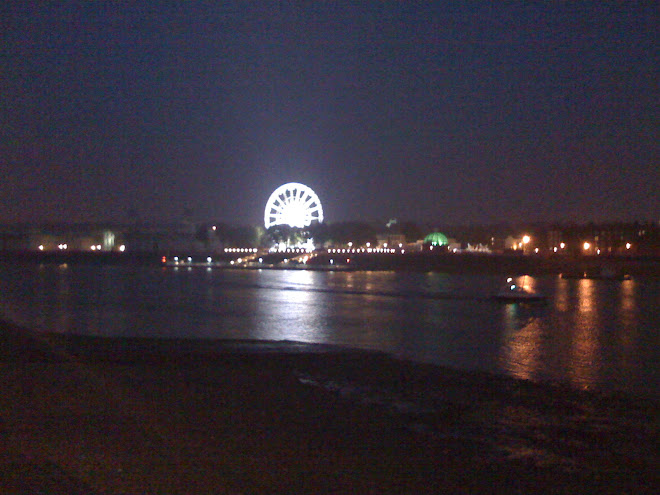
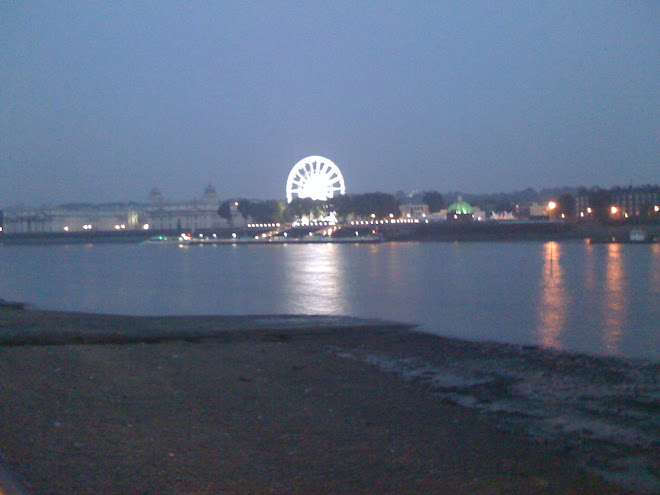
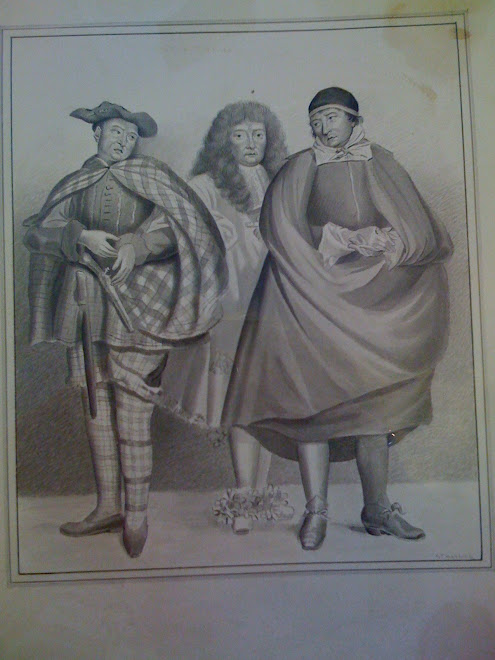
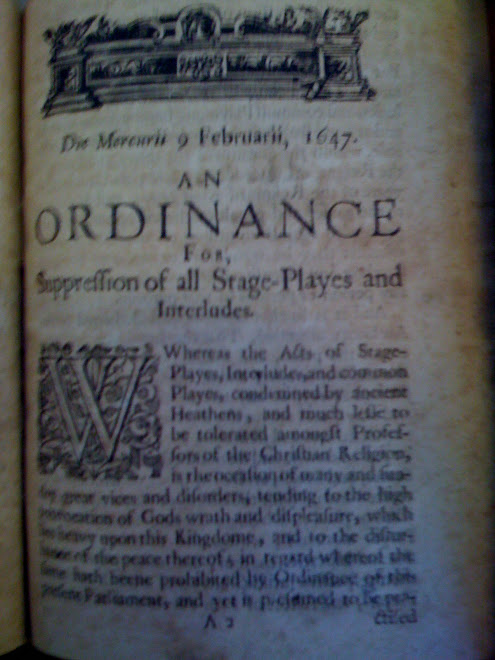
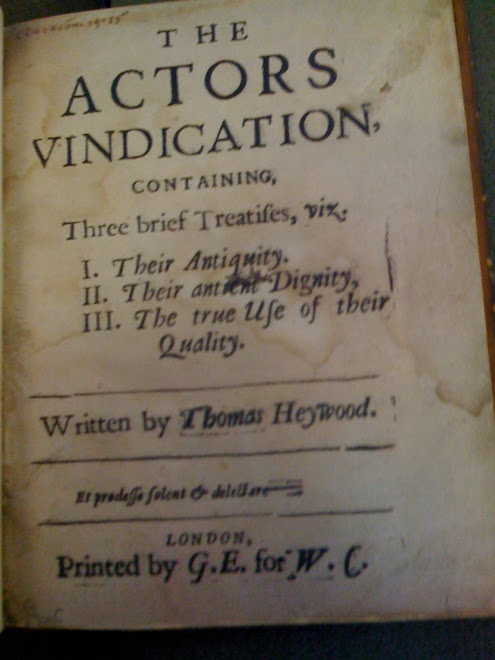
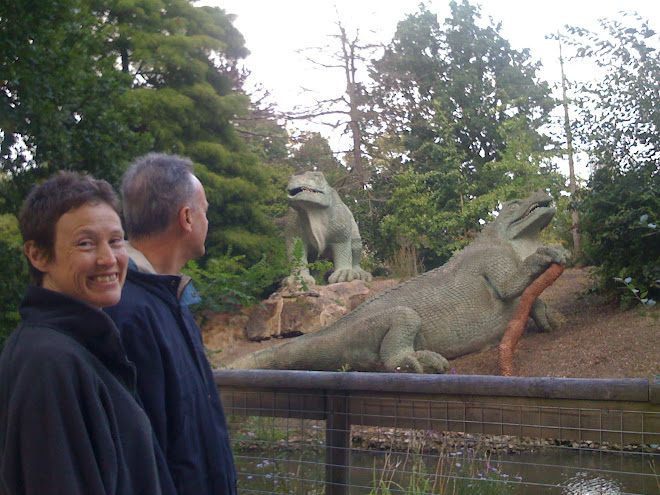


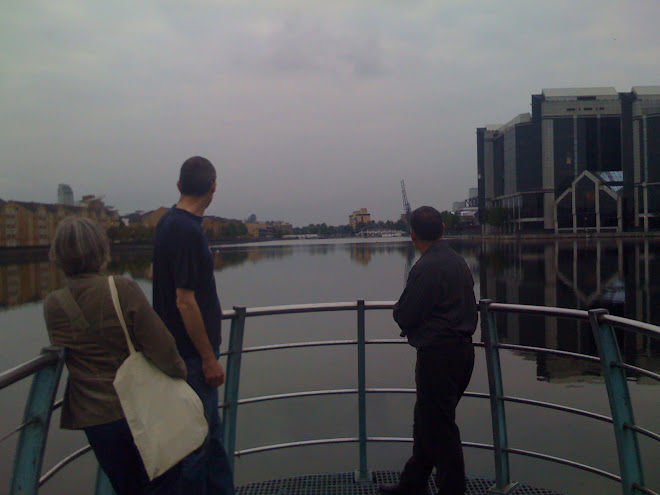
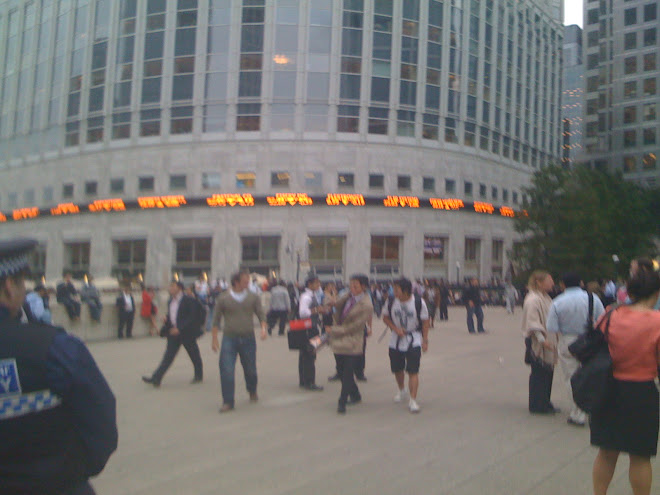
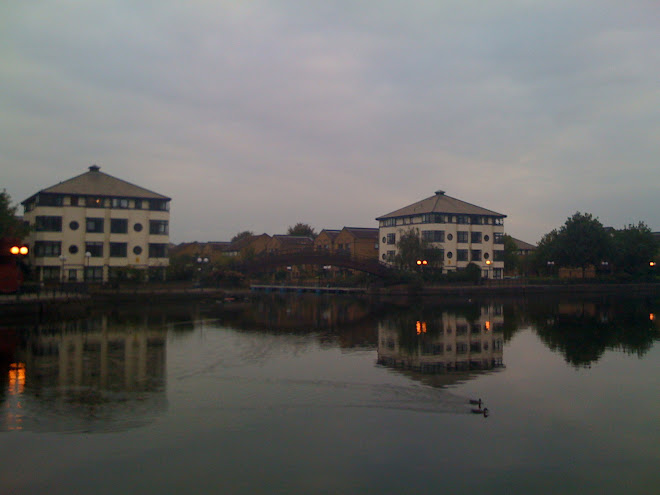

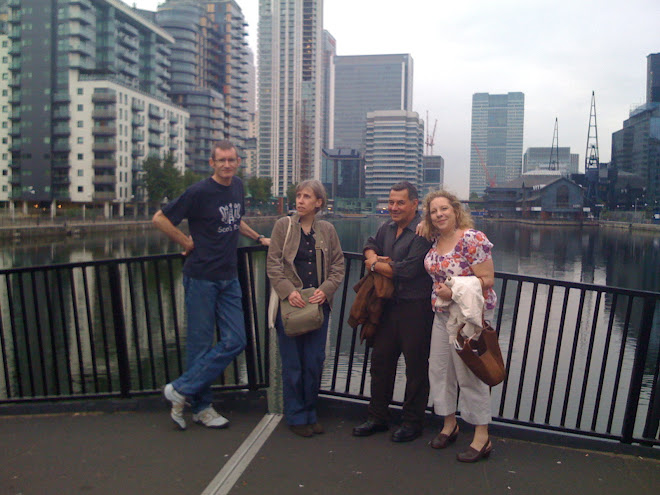
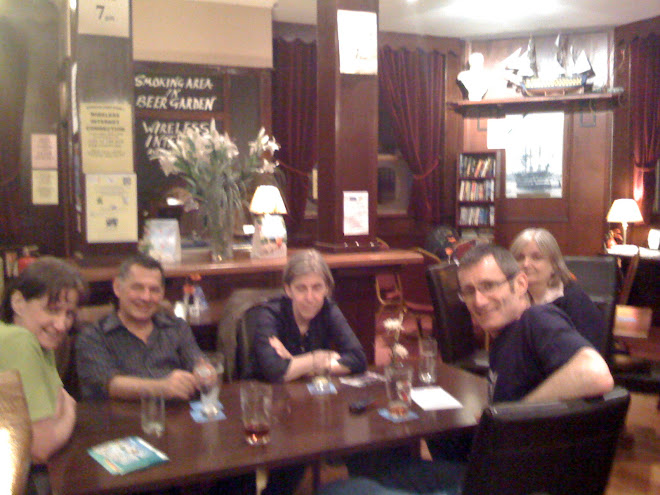
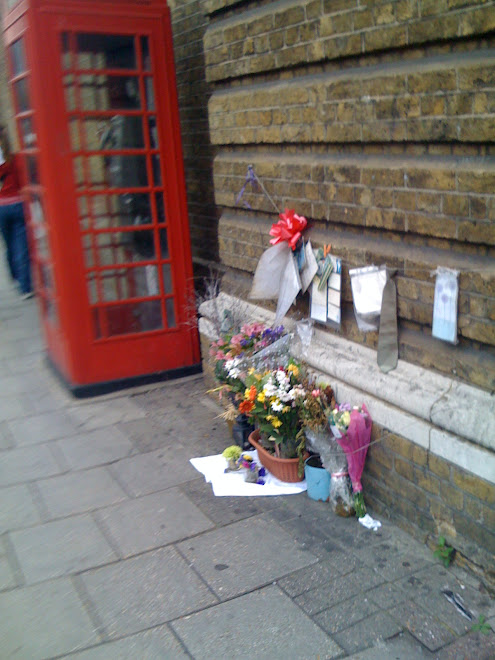

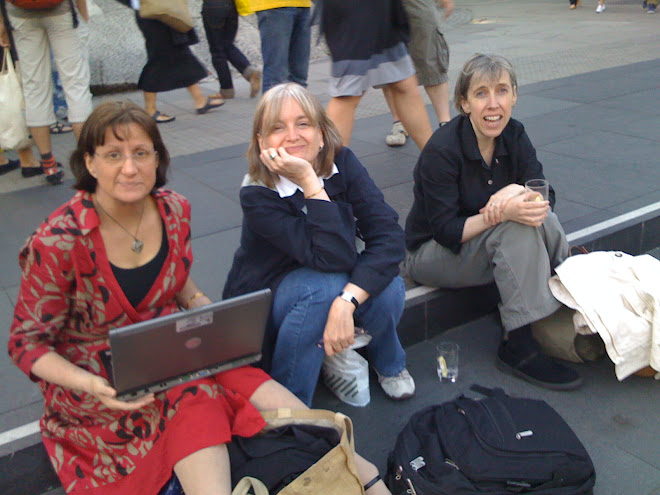
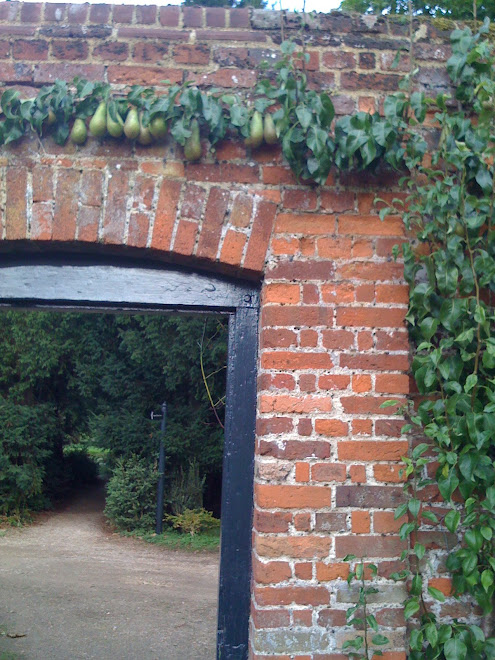
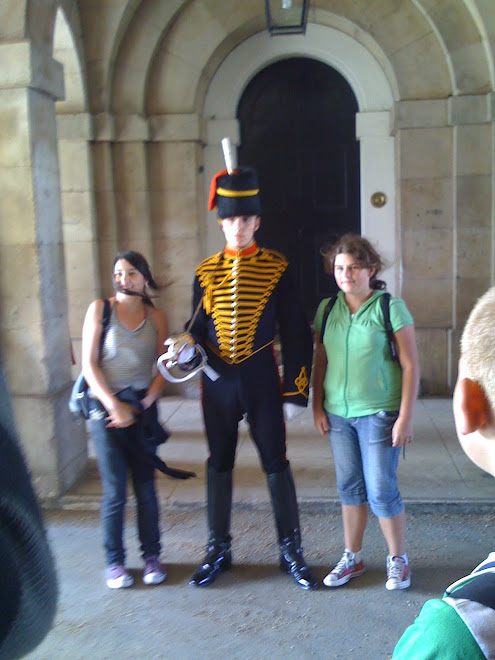
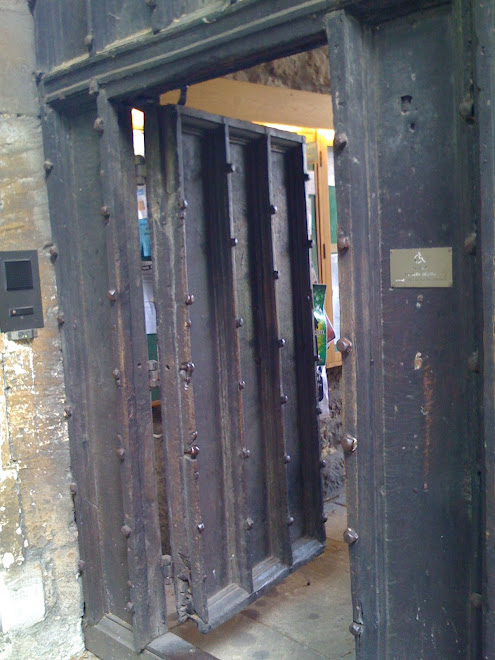
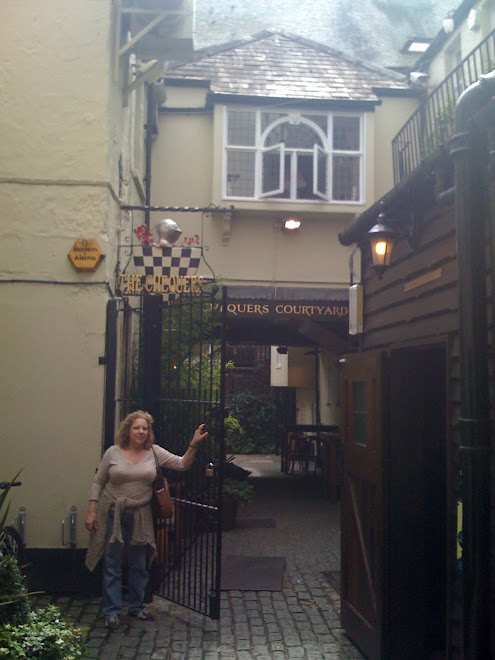
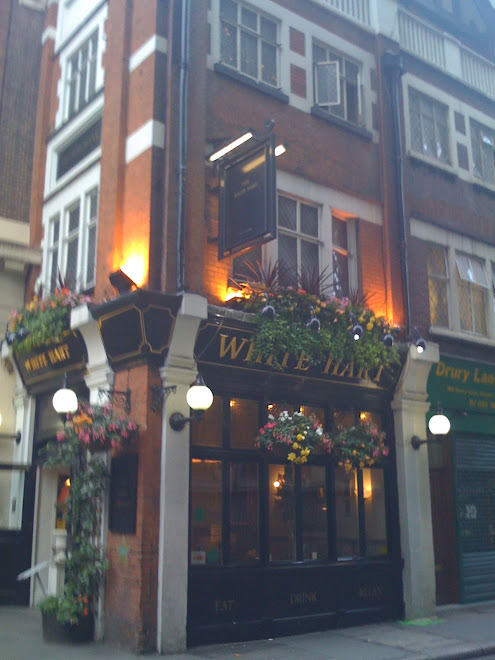


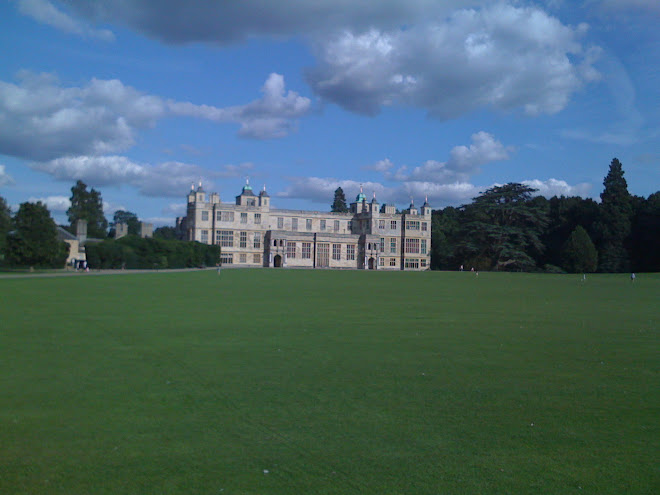
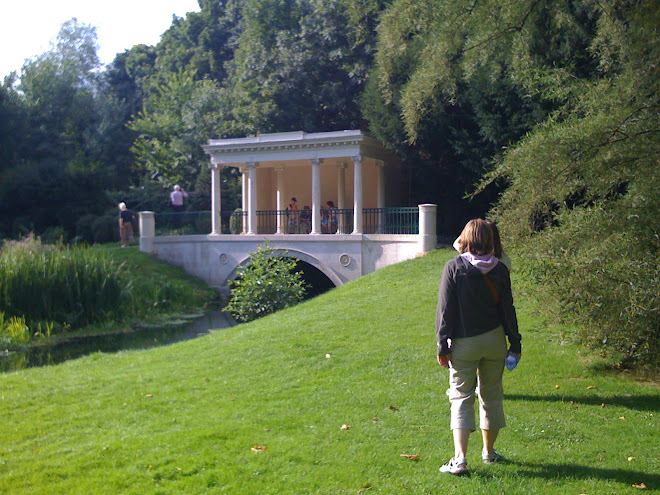

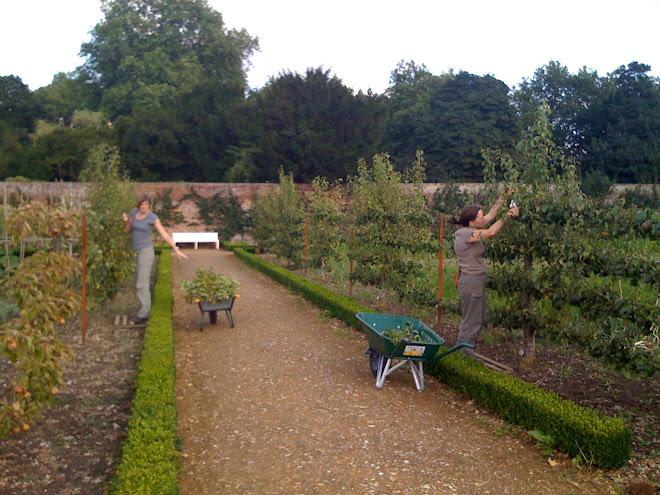
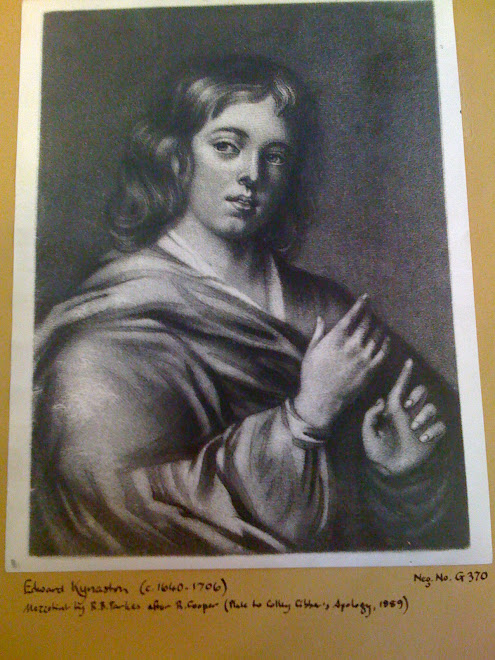

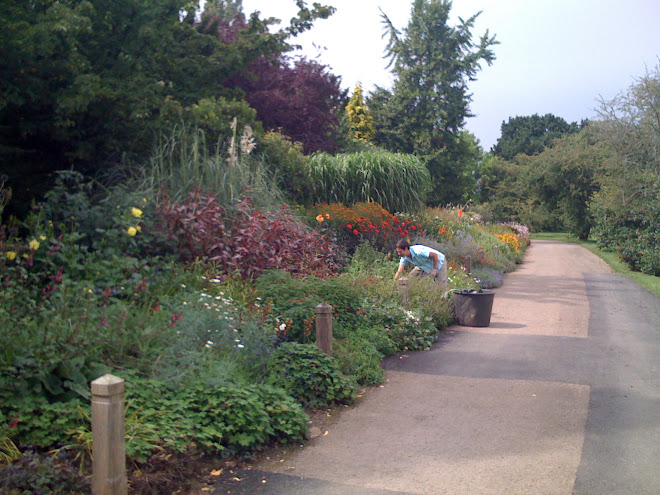
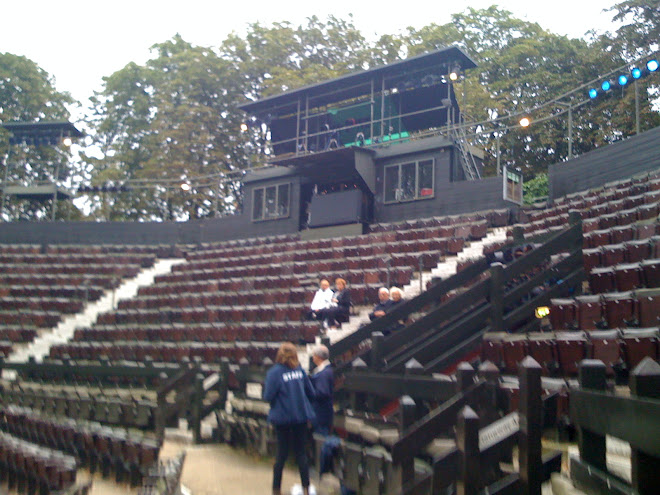
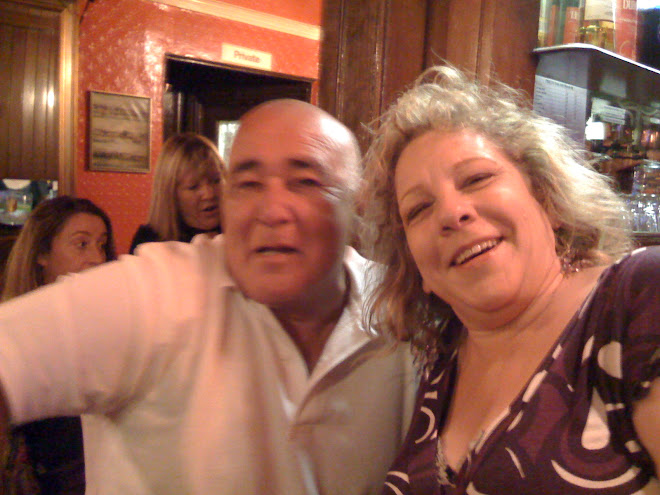

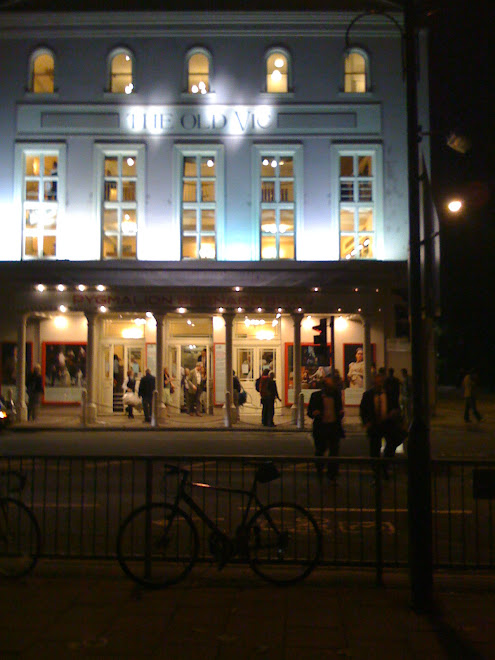
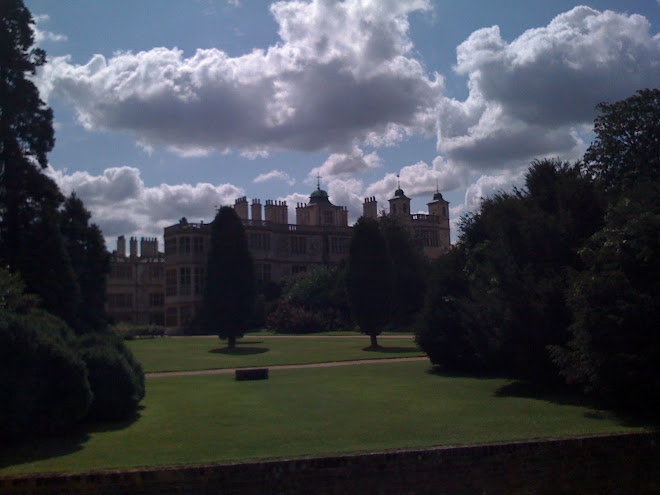
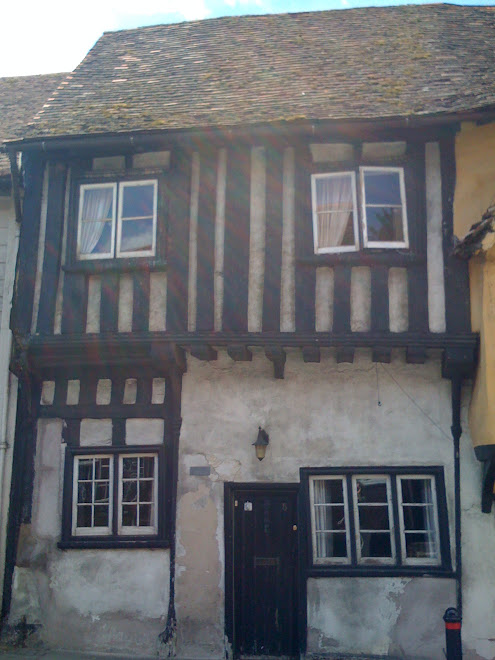

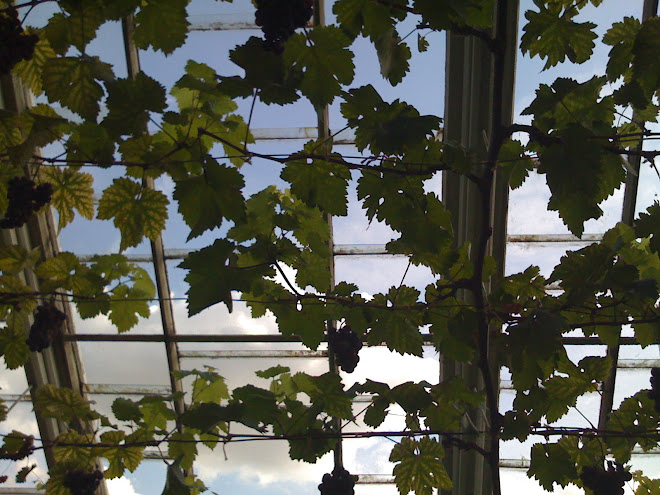
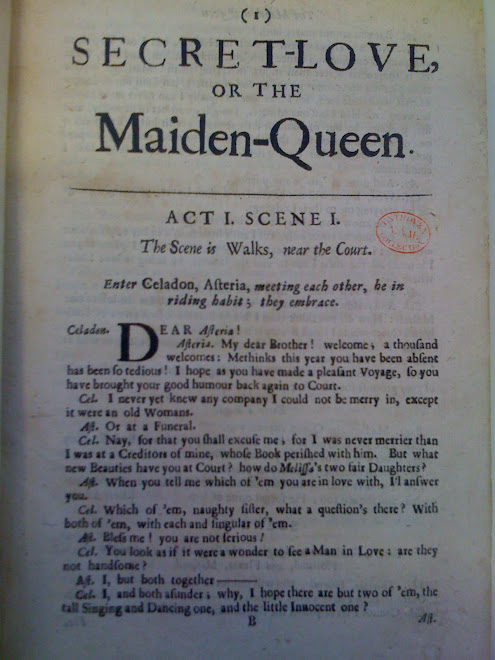
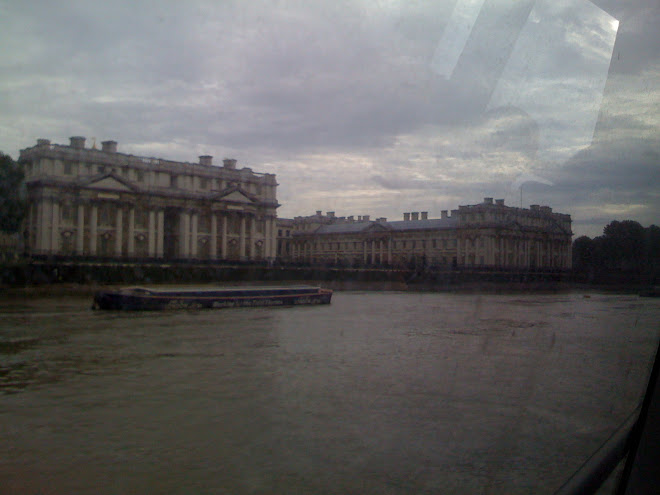

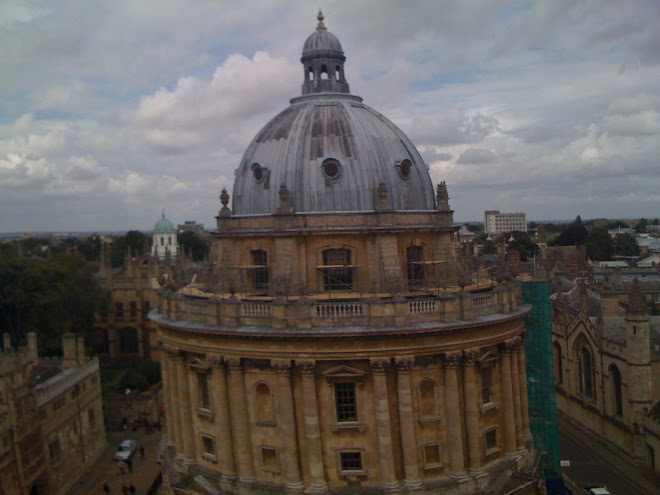
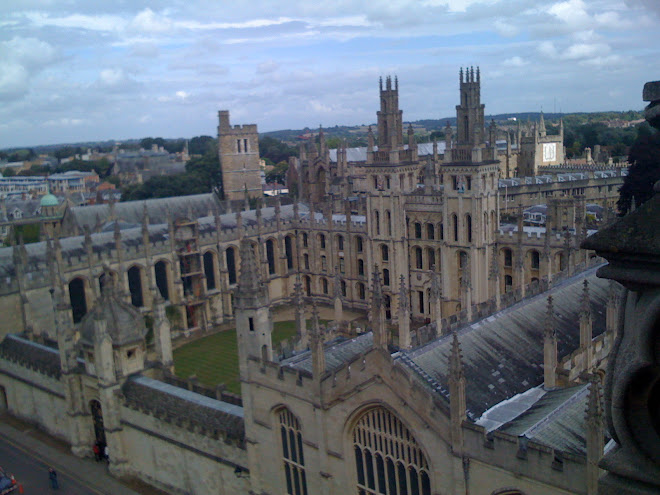
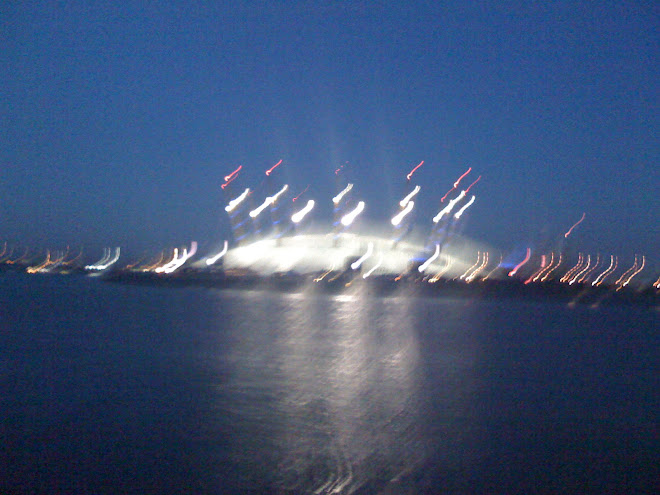
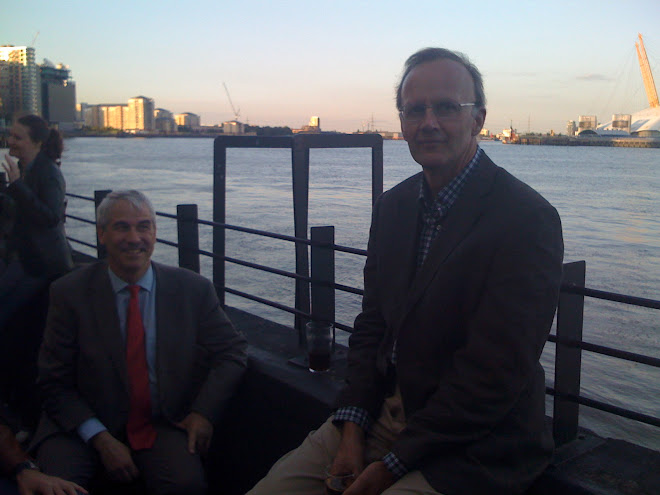
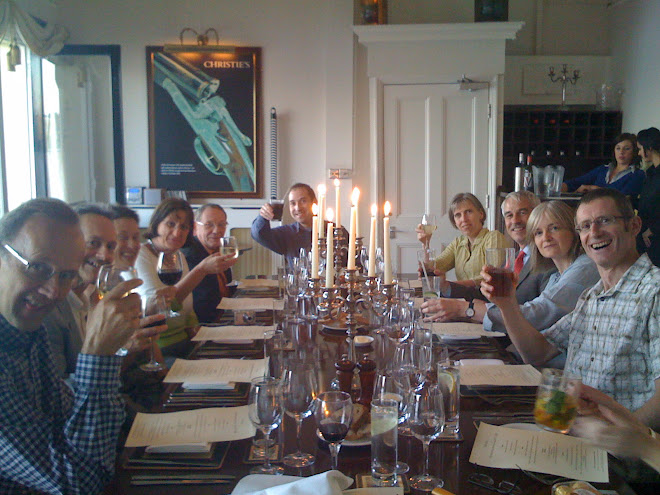



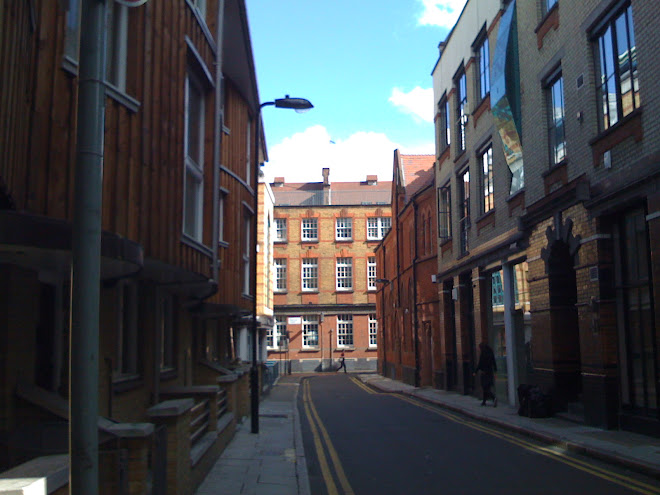
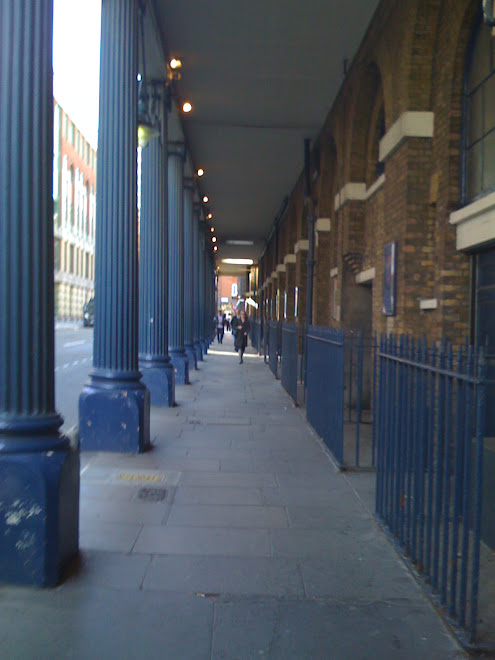

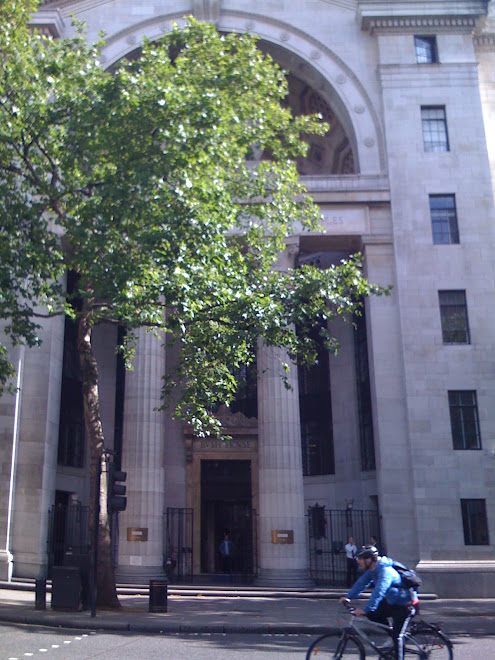


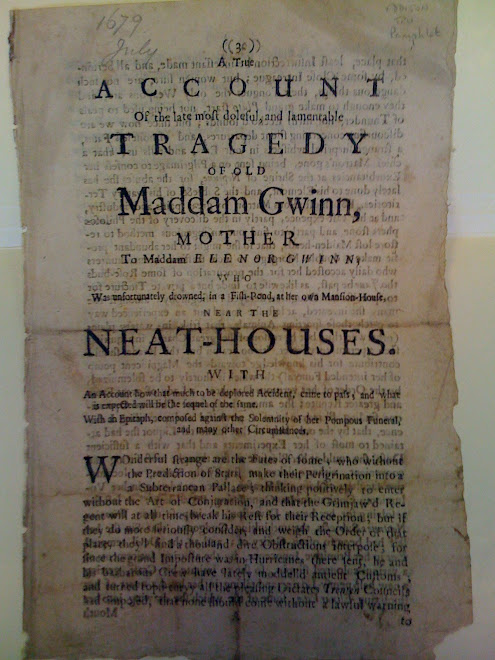
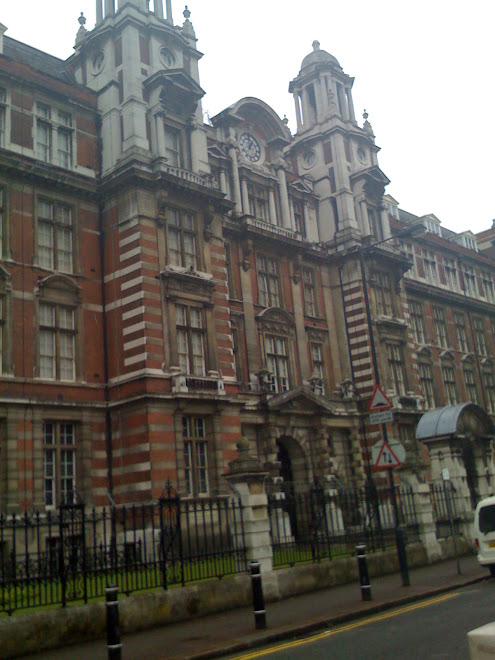
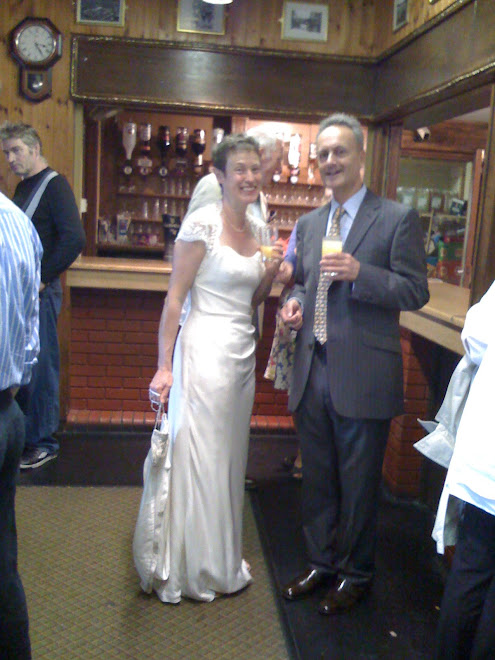

No comments:
Post a Comment